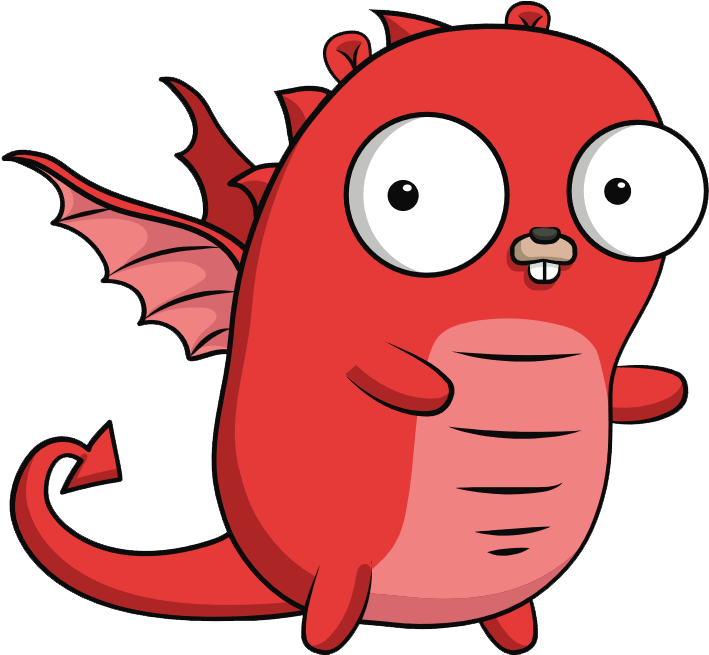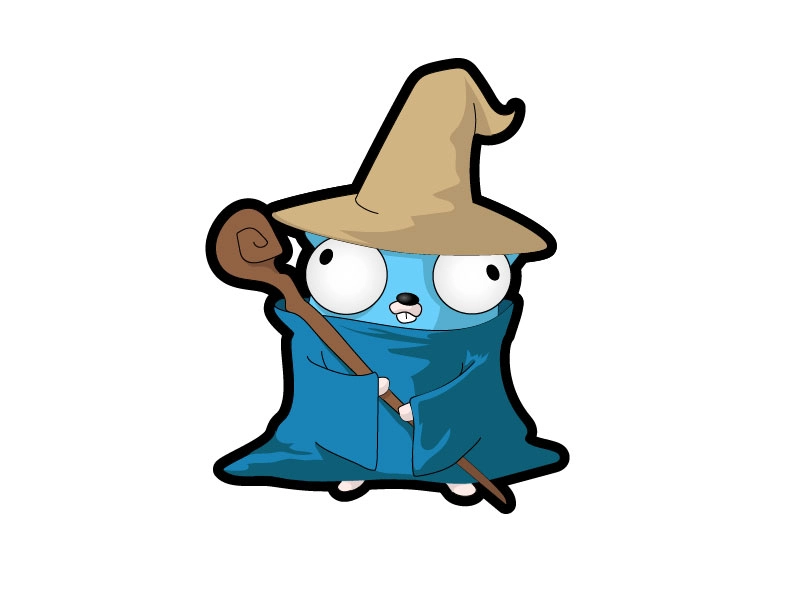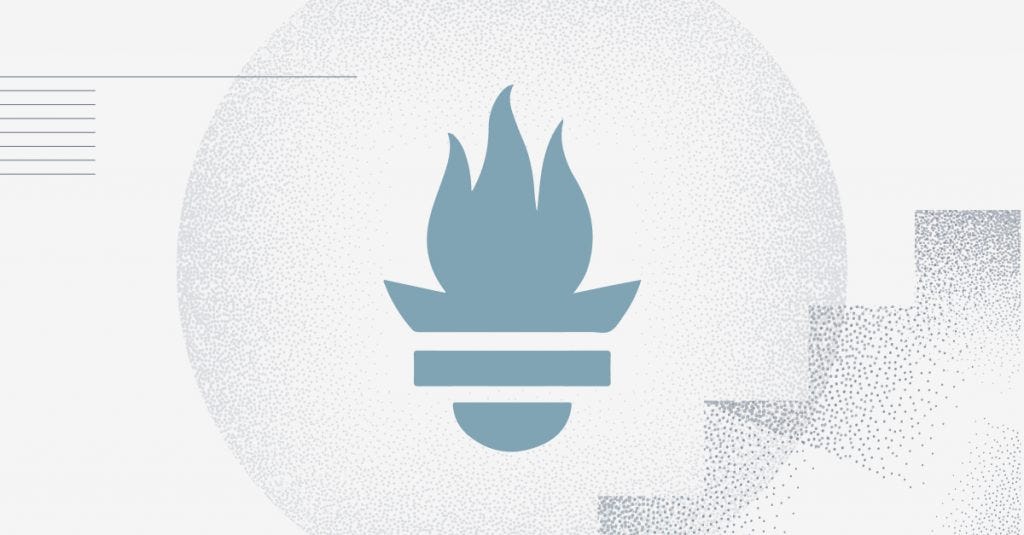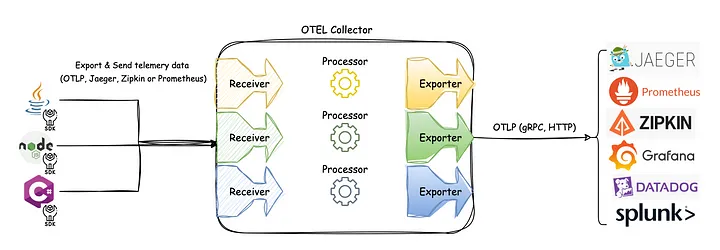场景
1
2
3
4
5
6
7
|
int p1 = getPriceByS1();
save(p1);
int p2 = getPriceByS2();
save(p2);
int p3 = getPriceByS3();
save(p3);
|
ThreadPoolExecutor + Future
1
2
3
4
5
6
7
8
9
10
11
| ExecutorService pool = Executors.newFixedThreadPool(3);
Future<Integer> f1 = pool.submit(() -> getPriceByS1());
Future<Integer> f2 = pool.submit(() -> getPriceByS2());
Future<Integer> f3 = pool.submit(() -> getPriceByS3());
int p1 = f1.get();
pool.execute(() -> save(p1));
int p2 = f2.get();
pool.execute(() -> save(p2));
int p3 = f3.get();
pool.execute(() -> save(p3));
|
BlockingQueue
1
2
3
4
5
6
7
8
9
10
11
12
13
14
15
16
17
18
19
20
21
22
23
24
25
26
27
28
29
30
31
32
| ExecutorService pool = Executors.newFixedThreadPool(3);
Future<Integer> f1 = pool.submit(() -> getPriceByS1());
Future<Integer> f2 = pool.submit(() -> getPriceByS2());
Future<Integer> f3 = pool.submit(() -> getPriceByS3());
BlockingQueue<Integer> queue = new LinkedBlockingQueue<>();
pool.execute(() -> {
try {
queue.put(f1.get());
} catch (Exception ignored) {
}
});
pool.execute(() -> {
try {
queue.put(f2.get());
} catch (Exception ignored) {
}
});
pool.execute(() -> {
try {
queue.put(f3.get());
} catch (Exception ignored) {
}
});
for (int i = 0; i < 3; i++) {
int price = queue.take();
pool.execute(() -> save(price));
}
|
CompletionService
- CompletionService的实现原理:内部维护了一个阻塞队列,把任务执行结果的Future对象加入到阻塞队列中
- CompletionService的实现类是ExecutorCompletionService
构造函数
1
2
3
|
public ExecutorCompletionService(Executor executor);
public ExecutorCompletionService(Executor executor, BlockingQueue<Future<V>> completionQueue);
|
简单使用
1
2
3
4
5
6
7
8
9
10
11
12
13
14
15
16
| ExecutorService pool = Executors.newFixedThreadPool(3);
CompletionService service = new ExecutorCompletionService(pool);
pool.submit(() -> getPriceByS1());
pool.submit(() -> getPriceByS2());
pool.submit(() -> getPriceByS3());
for (int i = 0; i < 3; i++) {
Object price = service.take().get();
pool.execute(() -> {
try {
save((Integer) price);
} catch (Exception ignored) {
}
});
}
|
take + poll
1
2
3
4
5
6
|
public Future<V> take() throws InterruptedException;
public Future<V> poll();
public Future<V> poll(long timeout, TimeUnit unit) throws InterruptedException;
|
Forking Cluster
支持并行地调用多个查询服务,只要有一个成功返回结果,整个服务就可以返回了,利用CompletionService可以实现
1
2
3
4
5
6
7
8
9
10
11
12
13
14
15
16
17
| ExecutorService pool = Executors.newFixedThreadPool(3);
CompletionService<Integer> service = new ExecutorCompletionService<>(pool);
List<Future<Integer>> futures = new ArrayList<>(3);
futures.add(service.submit(() -> geoCoderByS1()));
futures.add(service.submit(() -> geoCoderByS2()));
futures.add(service.submit(() -> geoCoderByS3()));
try {
Integer price = service.take().get();
} catch (Exception ignored) {
for (Future<Integer> future : futures) {
future.cancel(true);
}
}
|
小结
- CompletionService的应用场景:_批量提交异步任务_
- CompletionService将线程池Executor和阻塞队列BlockingQueue融合在一起,使得批量异步任务的管理更简单
- CompletionService能够让异步任务的执行结果有序化,先执行完的先进入阻塞队列,避免无谓的等待
参考资料
Java并发编程实战











